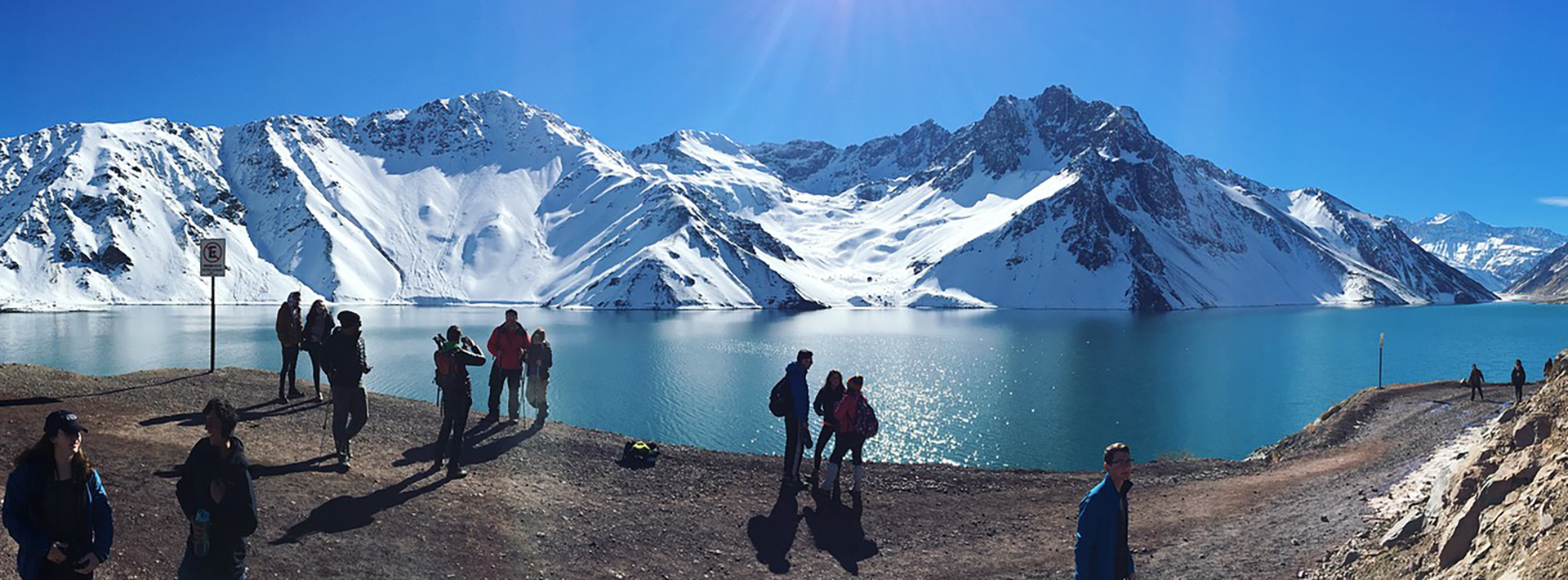Japan Adventures: Kyoto
[fusion_text]By Eric Wong
Kyoto is known for its seemingly endless number of shrines and tranquil natural sights. While this is undoubtedly true, it is also very much a city and that’s where the charm of the once imperial capital of Japan comes out.
From my apartment in the northern neighborhood of Yoshida, Kyoto there is a seamless mix of a concrete jungle and a literal jungle. Depending on which way you walk, you’ll find yourself lost in two different worlds.
A short trip north and you’ll find yourself in front of the Shimogamo-Jinja and transported into ancient Japan with a forest and shrine almost unchanged save for a few security cameras or towered over by Mount Daimonji whose name directly translates to reference the prominent kanji for “big” on its face.

View from Ginkaku-ji Temple, also known as the Silver Temple.

Looking towards the main entrance of the Konkai-Komyoji Temple complex.
As quickly as you can find yourself looking into the past, going in another direction can lead you straight to the heart of a modern city. While it is no New York, the Shijo area reminds you that there is more to Kyoto than mementos of the past. Whether it’s giant panchinko stores, costume renting karaoke, or name brand shopping, there’s a place for that here.

Shijo-dori (4th Street), a covered street lined with shops.

Street off of Shijo-dori with plenty of food options.
For people who, like me, need the proximity of a bustling metropolis but prefers to relax by a river, Kyoto is an absolute gem of a destination. Experiencing the seamless integration of relics of its golden days as the capital with the modern city that it has become is worth the trip.

The Kamo River runs right through Kyoto and provides a relaxing stroll or destination with a gorgeous view.
Eric is a rising junior at MIT in the Department of Civil and Environmental Engineering with a focus on the intersection between structural engineering and architecture. He’s interested in the power and process of design in creating sustainable, captivating structures. This summer Eric is researching structural optimization under Professor Makoto Ohsaki at Kyoto University through CEE and MISTI (MIT International Science and Technology Initiatives). [/fusion_text]
Share on Bluesky

